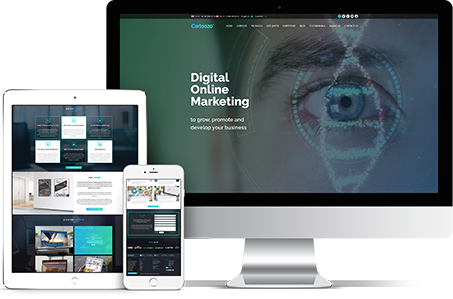Inbound marketing is a method of creating quality content that attracts people towards a brand. By creating and distributing the content, a website automatically attracts inbound traffic and improves its overall conversion rate. Unfortunately, most business owners often fail to distinguish the basic difference between outbound marketing and inbound marketing and suffer a lot as a result.
Here are a few basic elements that need to be understood by business owners:
- Content Creation and Distribution – This is a lifeline of inbound marketing. Both content creation and distribution for the targeted customers are equally important. This educates as well as informs customers.
- Personalised content – Audiences like personalised content that solves their problem and provides them with possible solutions. Therefore, tailor your content according to your audiences’ needs.
- Multi-channel approach - Inbound marketing includes multi-channel approach to spread the content to the maximum number of customers.
- Integration – Content creation, distribution and its evaluation work together to improve the overall marketing efforts.
- Timing – Timing is everything, especially when it comes to inbound marketing. You must provide the right content at the right time to your audiences to build trust.
- Blogging – Blogging is one of the best ways to educate your customers. However, you must create educational and informative content ("content is king") that can answer your customers’ queries.
- SEO - You need to make your website user as well as search engine friendly. For that, you need to pick appropriate keywords, write good and useful content, optimise your website and build links.
- Sharing – You need to create high quality articles, press releases, case studies, whitepapers, videos, presentations, and infographics and share them on social media platforms for optimum exposure.
- Calls-to-Action – CTAs are buttons or links that encourage visitors to take action. You must use them across your website for better conversions.
- Social Monitoring – Monitor social conversations, customer feedbacks and respond to them professionally.
So, adopt inbound marketing to expand your customer base. Meticulous and focused inbound marketing efforts will make your brand much more powerful and visible. Are you ready to push the envelope?
Quick facts:
- Inbound marketing includes content marketing, email marketing, SEO, social media marketing and blogging.
- 41% of marketers have improved inbound ROI for their company.
- 66% of consumers have made online purchase as a result of a marketing email.
- The top 5 results get 75% of the clicks.





